Covering On NFT Gutter
rizik
18 years ago
Related Stories
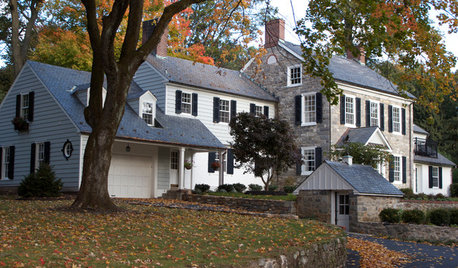
HOUSEKEEPINGIt’s Time to Clean Your Gutters — Here’s How
Follow these steps to care for your gutters so they can continue to protect your house
Full Story
EXTERIORSCare and Training for a Vine-Covered Home
Love the look but don’t want the ruin? Learn how to have vine-draped walls without all the cracks and crumbling
Full Story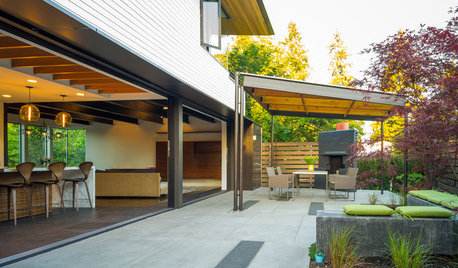
PATIOSPatio Details: Covered Dining Area Extends a Family’s Living Space
Large sliding glass doors connect a pergola-covered terrace with a kitchen and great room in Seattle
Full Story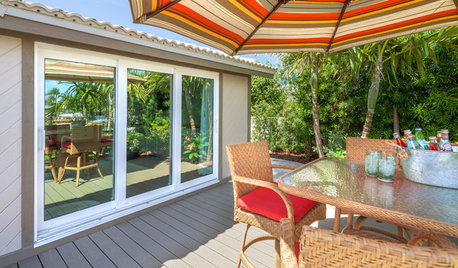
PATIOS6 Patio Cover Types to Shade You in Style
Protect yourself and your deck from the blazing sun with umbrellas, cloth, built structures — or nature's perfect shading solution
Full Story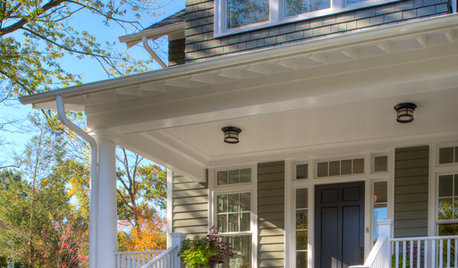
MONTHLY HOME CHECKLISTSOctober Checklist for a Smooth-Running Home
You're due for some winterizing, like clearing rain gutters and stowing swimsuits — but leave time for a fun project
Full Story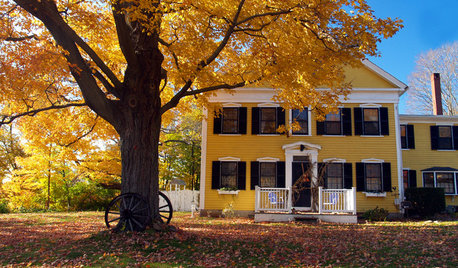
LIFETo-Dos: Your October Home Checklist
It’s a great time to clean your gutters, swap out seasonal clothes and wallow in favorite fall traditions. What’s on your October list?
Full Story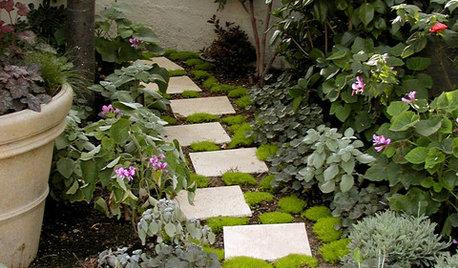
GARDENING AND LANDSCAPINGPlants for Your Pathway
Pretty up your garden walk with the right ground cover between pavers
Full Story
LANDSCAPE DESIGN15 Great Ideas for a Lawn-Free Yard
End the turf war for good with hardscaping, native grasses and ground covers that save water and are easier to maintain
Full Story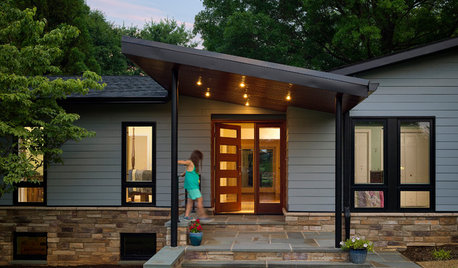
CURB APPEALEntry Recipe: New Focal Point for a 1970s Ranch House
A covered terrace draws visitors to the front door and creates a modern, interesting approach in a Baltimore-area home
Full Story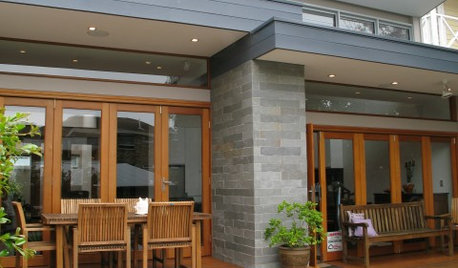
DESIGN DICTIONARYFascia
These horizontal boards put a strong face on the space where the roof hangs over the rafters
Full Story0







wampuscat
inguvap
Related Professionals
Leawood Landscape Architects & Landscape Designers · Redondo Beach Landscape Architects & Landscape Designers · Cordele Landscape Contractors · Ellicott City Landscape Contractors · Hendersonville Landscape Contractors · New Cassel Landscape Contractors · Quincy Landscape Contractors · Ramsey Landscape Contractors · South Lyon Landscape Contractors · Suitland Landscape Contractors · Tyngsboro Landscape Contractors · Selma Landscape Contractors · Hueytown Landscape Contractors · Bensenville Landscape Contractors · Brookhaven Outdoor Lighting & Audio Visual SystemsrizikOriginal Author
edurink
rizikOriginal Author
baci
wampuscat
rizikOriginal Author
wampuscat
jimr007
baci